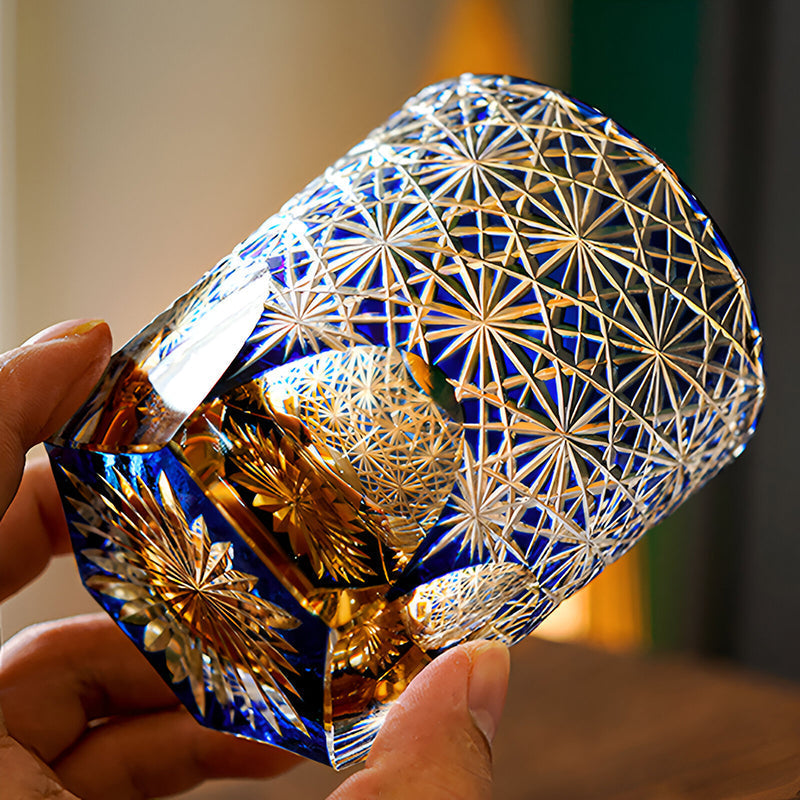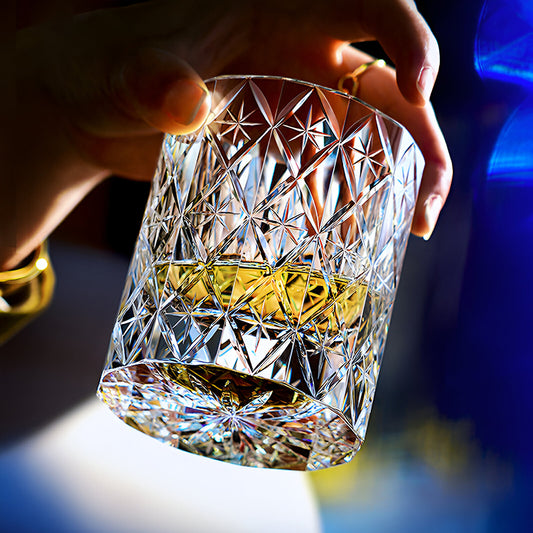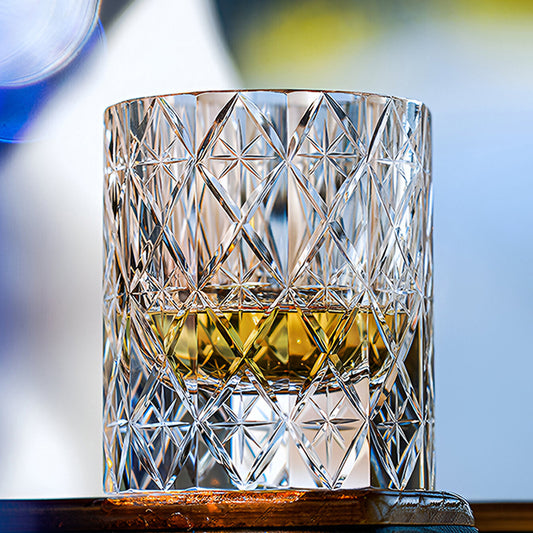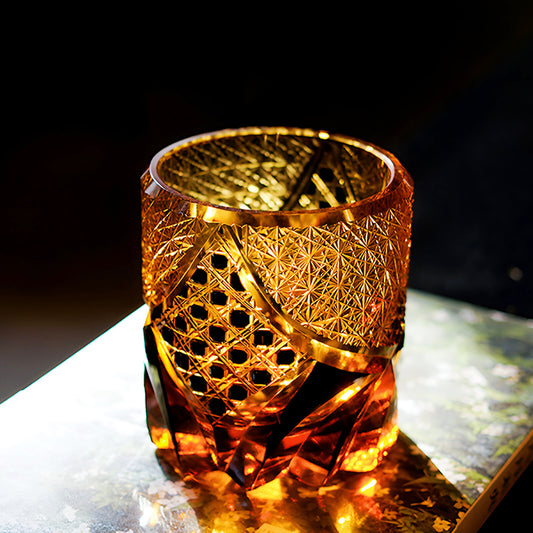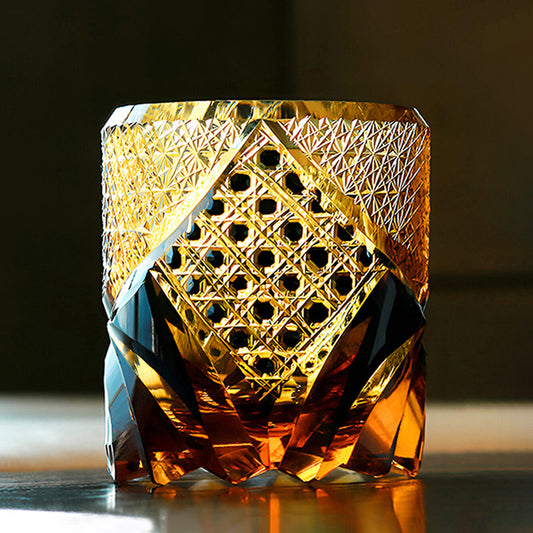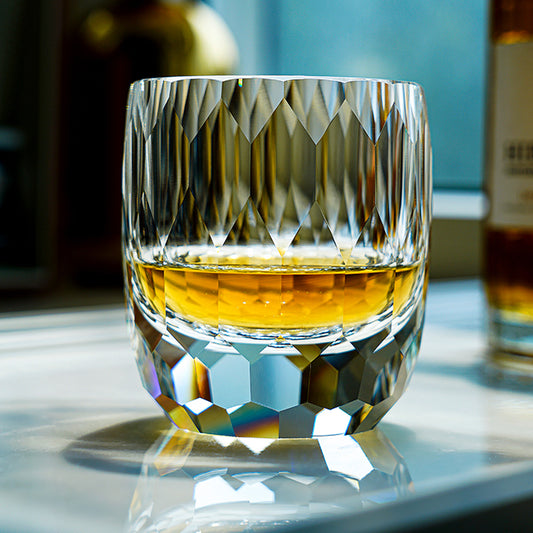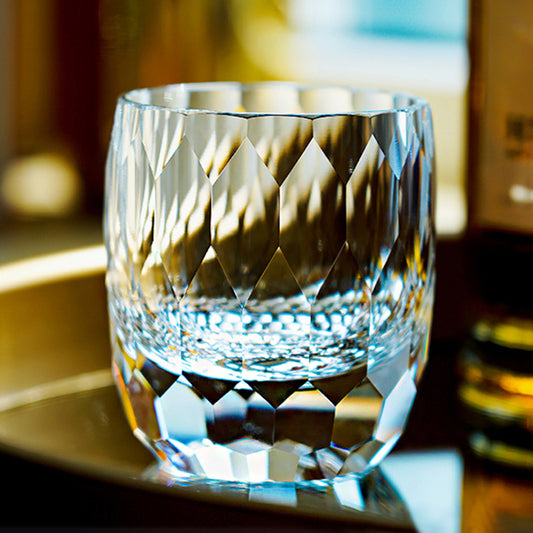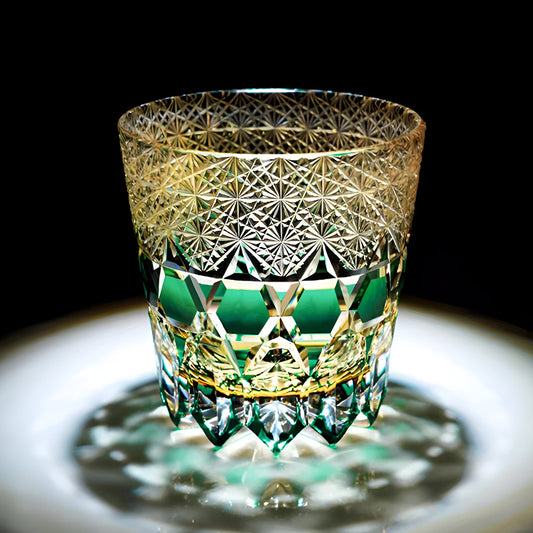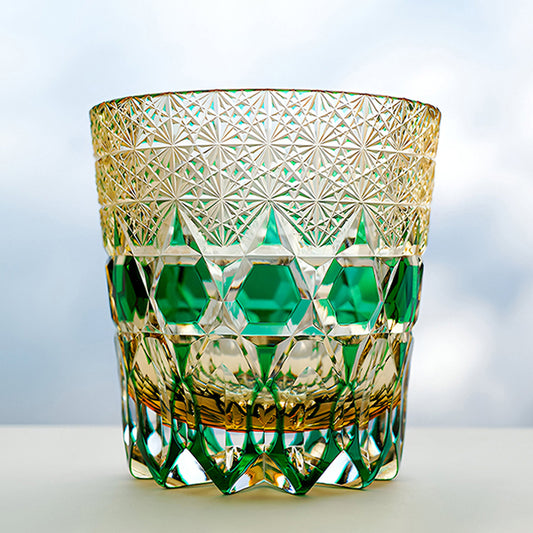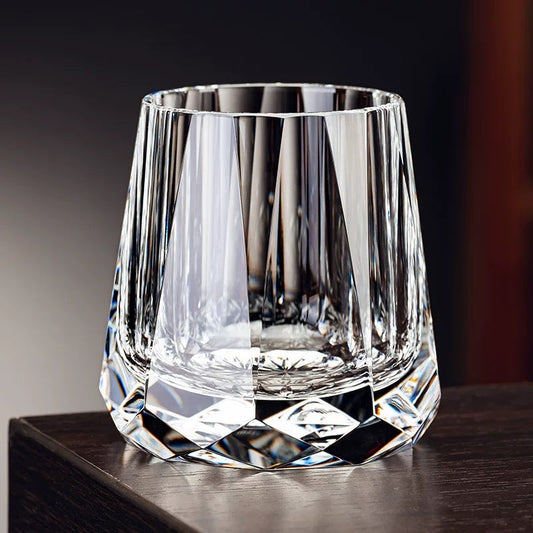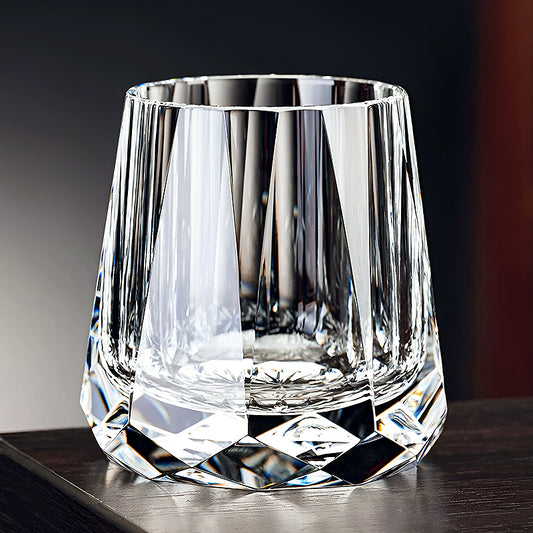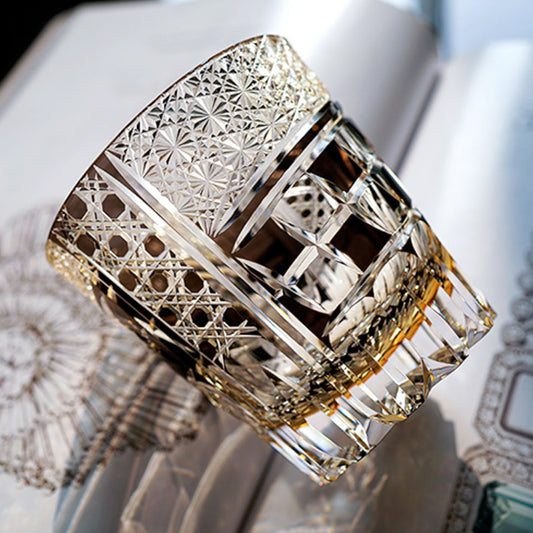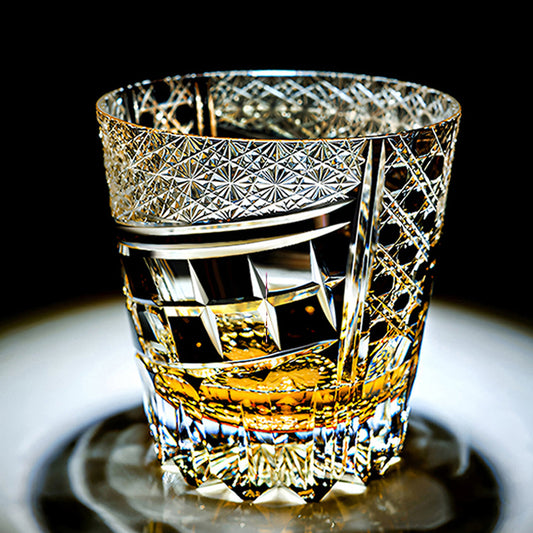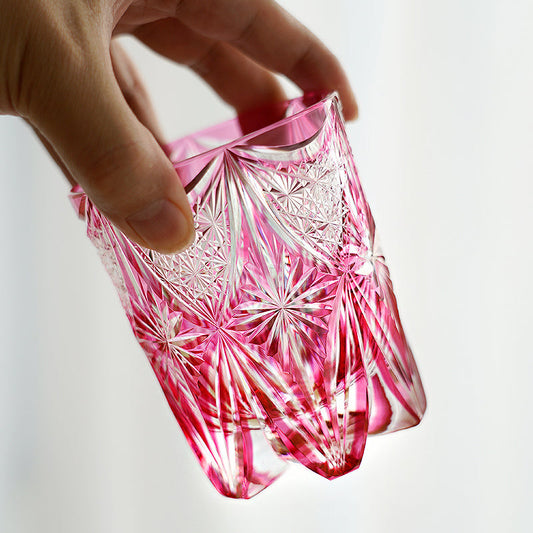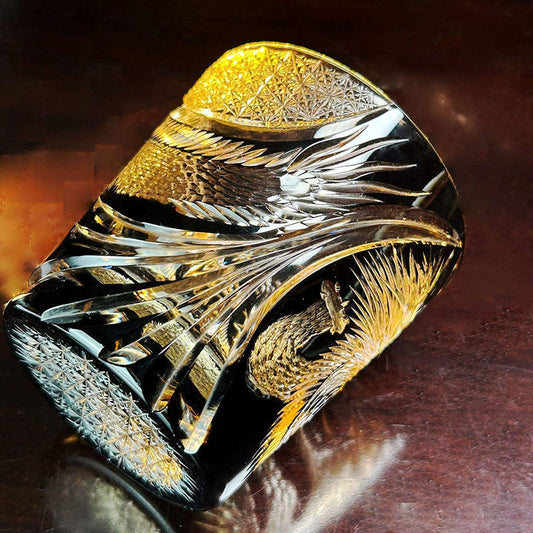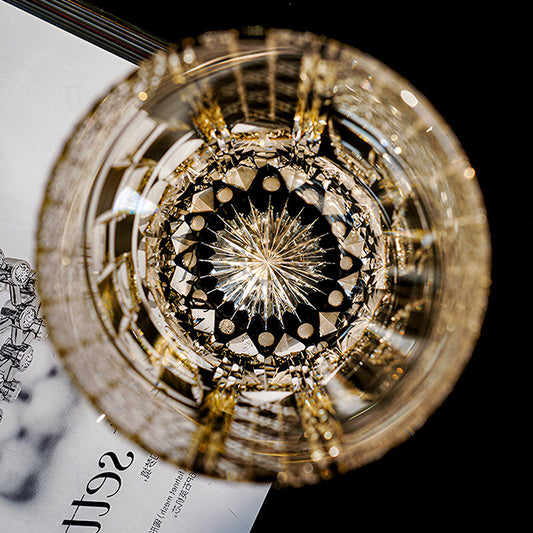The traditional glass crafts of Japan are renowned worldwide for their exquisite craftsmanship and unique aesthetics, with Edo Kiriko and Edo Glass being the most representative techniques. Although both originating from the Edo period (present-day Tokyo) and sharing similar names, these two crafts exhibit significant differences in techniques, purposes, and cultural significance.
Edo Kiriko:
1.Craft Characteristics
Edo Kiriko is a glass cutting technique that involves hand-carving intricate patterns on the surface of glass to create dazzling light and shadow effects through refraction. Common patterns include fish roe motif, chrysanthemum motif, and hemp leaf motif.
Production Process: Artisans use diamond grinding wheels to perform grading, rough carving, fine carving, and polishing on the glass surface without using any sketches, relying on their experience and intuition.
Materials: High-transparency lead glass (crystal glass) is commonly used, with a high refractive index that results in sharply defined three-dimensional patterns after cutting.
Overlay Technique: Some pieces involve overlaying colored glass layers on transparent glass, creating a contrasting color effect after cutting.
2.Uses and Cultural Value
Edo Kiriko is often used to make decorative items such as sake cups and vases due to its exquisite patterns and light effects, making it a sought-after high-end craft. In 2014, Edo Kiriko was designated as a Japanese traditional craft, becoming an important symbol of Japanese culture.

Edo Glass:
1.Craft Characteristics
Edo Glass, developed during the Edo period, is a glassblowing technique that emphasizes hand-blowing and shaping glass, focusing on the combination of practicality and aesthetics.
Production Process: Artisans blow molten glass into shape and then decorate it through hand polishing, carving, or painting.
Materials: Edo Glass is predominantly made using ordinary soda-lime glass, which has lower transparency but is durable and suitable for everyday use.
Decorative Techniques: Decorative techniques include painting, carving, and applying decals, with patterns often featuring flowers, landscapes, or traditional motifs.
2.Uses and Cultural Value
Edo Glass is primarily used for making everyday items like bowls, plates, and lighting fixtures, cherished for both its practicality and visual appeal. In comparison to Edo Kiriko, Edo Glass is more closely associated with common people's daily lives, reflecting the pragmatic spirit of artisans during the Edo period.

Although both Edo Kiriko and Edo Glass originate from glass crafts during the Edo period, they exhibit significant differences in techniques, purposes, and cultural significance. Edo Kiriko, known for its exquisite cut patterns and light effects, has become a representation of high-end artistry. On the other hand, Edo Glass combines practicality with aesthetics, catering closely to the daily lives of the people. Together, they contribute to the rich diversity of traditional glass crafts in Japan, showcasing the perfect fusion of artisan spirit and artistic aesthetics.


